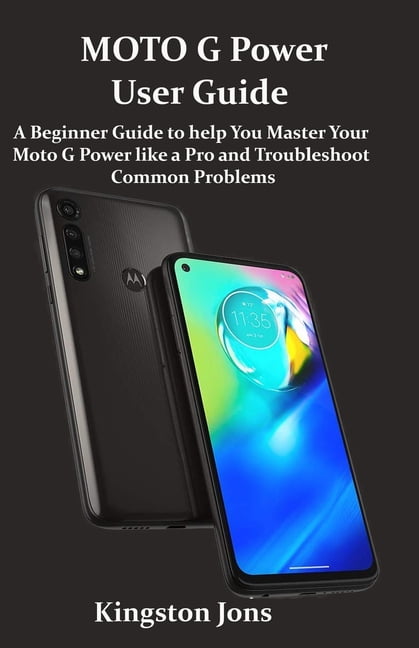
Also, there was a strong correlation effect between field MQI and laboratory MQI estimates (P < 0.001, R = 0.81).Īdolescents with DS have lower field and laboratory MQI compared with adolescents without DS. For statistical analyses, a two-way ANOVA was conducted for group comparisons, and a Pearson correlation was used to test the association between field MQI and laboratory MQI.Īdolescents with DS displayed lower field (P = 0.001), laboratory MQI estimates (P = 0.001) and HGS (P = 0.001) as compared non-DS. Field-based MQI was quantified from the ratio of hand grip strength (HGS) to body mass index (BMI). Laboratory MQI was derived from the ratio of grip strength to arm muscle mass (in kg) measured by dual-energy X-ray absorptiometry (DXA). The aims of this present cross-sectional study were to compare (1) MQI between adolescents with and without DS and (2) evaluate laboratory versus field-based estimates of MQI.įifty-six adolescents were recruited and separated into two groups: DS (n = 30, 13 boys and 17 girls age: 12.38 ± 3.07 years) and a control (non-DS n = 26, 9 boys and 17 girls age: 12.46 ± 2.88 years). However, considering that individuals with Down syndrome (DS) present with a faster decline in biological aging, an investigation on MQI in individuals with DS is necessary. Low muscle quality index (MQI) is a potential risk of developing functional impairments in older people. Assessment and treatment of poor body familiarity in people diagnosed with endometriosis is recommended as part of psychological treatment pathways. Hierarchical multiple regression analyses (MRA) indicated that disease status and somatic concern are significant correlates of general HRQoL, and that disease status and lack of body familiarity are significant correlates of physical and emotional HRQoL.Įndometriosis has a negative impact on HRQoL and body familiarity, with those diagnosed with the condition reporting significantly lower levels of HRQoL. As hypothesised, the +Endo group reported significantly lower HRQoL and poorer body image than those in the -Endo group. Participants were grouped by disease status (endometriosis: +Endo n = 318 control: -Endo n = 420). The current study also examined the influence of disease status (+Endo, −Endo), psychological wellbeing, and body image on HRQoL.ĭata was collected via an international online cross-sectional survey examining HRQoL, body image factors (negative appreciation of body size, lack of body familiarity, general body dissatisfaction), and psychological wellbeing (depression, anxiety, somatic concern) in adults.

The current study explored the differences in HRQoL (general, physical, emotional) and body image in an endometriosis and control sample. The understanding as to how people with endometriosis view and relate to their bodies is limited but important given the physical and psychological symptoms associated with the condition.
#Gpower help trial
Conclusion: The results suggest that both VRET and EMDR are interventions that can significantly improve symptoms of acrophobia and anxiety sensitivity in female adolescents.Clinical Trial Registration, identifier: IRCT20210213050343N1.



Due to the recognizable differences between the two interventions, the therapists and the participants were not blind to the conditions. Results: The data showed that both the application of VRET and EMDR therapy were associated with significantly reduced symptoms of acrophobia (d = 1.03 for VRET and d = 1.08 for EMDR) and anxiety sensitivity (d = 1.15 for VRET and d = 1.13 for EMDR) in comparison to the Waiting List.LimitationsThe sample consisted only of adolescent women. The study groups were evaluated one week before the intervention and one week after the last intervention session regarding symptoms of acrophobia (Severity Measure for Acrophobia) and anxiety sensitivity (Anxiety Sensitivity Index). Students who met DSM-5 criteria for acrophobia were randomly assigned to either VRET (N = 15 Mage = 17.26 SD = 1.32), EMDR (N = 15 Mage = 17.15 SD = 1.57), or a WLCC (N = 15 Mage = 17.50 SD = 1.26). We applied a three-armed randomized controlled pre-post-test design with 45 female adolescent students. The purpose of the present study was to investigate the efficacy of two therapies that may ameliorate symptoms of acrophobia and anxiety sensitivity, i.e., virtual reality exposure therapy (VRET) and eye movement desensitization and reprocessing (EMDR) therapy with a Waiting List Control Condition (WLCC). Background: Acrophobia is a specific phobia characterized by a severe fear of heights.


 0 kommentar(er)
0 kommentar(er)
